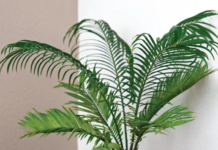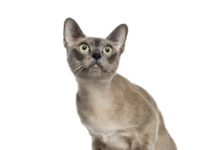Happening Now…
COVID Cats—Local 24 in Memphis, Tenn., reports that a house cat in Arkansas and a tiger at a refuge in Minnesota recently tested positive...
Pet Worries: The Top Five Toxins
Sago palm. All parts of this plant are toxic, and even one or two seeds can be deadly. Three organ systems can be...
Zoom, Zoom, Zoom!
You are resting on the sofa after a long day and suddenly your young cat comes blasting through the room like a whirlwind and...
Rescue or Rotten?
Whether you want to adopt a cat or volunteer for a shelter or rescue group, checking out a new group can come with some...
Children and the Death of a Pet
The death of a family pet can trigger a sense of grief in children that is profound and prolonged, potentially leading to subsequent mental...
Peace in a “Mixed” Household
A recent study from the United Kingdom looked at the efficacy of pheromones to help calm the waters, using the commercial products Feliway Friends...
Ancient Skeletal Remains
Southern Kazakhstan during an excavation along the former Silk Road, an ancient network of important caravan routes that connected Central and East Asia with...
What Your Indoor Cat Does All Day
In the wild, cats are busy hunting and foraging all day. So how does your indoor cat occupy her time? The Winn Feline Foundation...
Long-Term Care Comfort Strategies
A few simple management changes and some one-on-one time can help alleviate pain and help maintain quality of life for your cat. Expert recommendations...
Happening Now…
Move Over, Dogs—A Tonkinese cat entered the annual Christmas Eve Scotland Island Dog Race in Australia. The first cat to enter the 550-meter swim,...
Foster Care: Are You a Candidate?
How to be a valuable volunteer for homeless cats
Pets and Spousal Loss
A study from Florida State University shows, again, how important our pets are to us. Published in The Gerontologist, the study examined depressive symptoms...
















